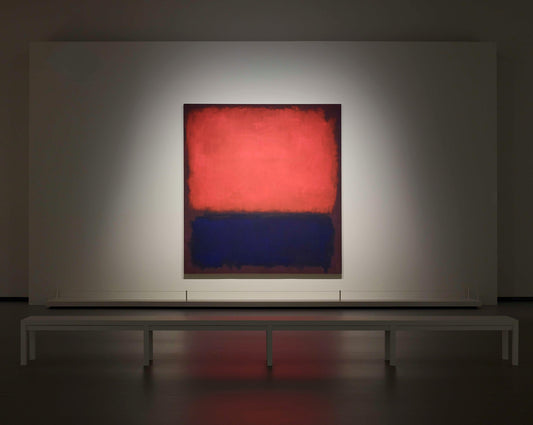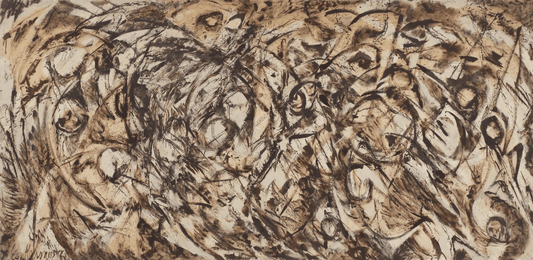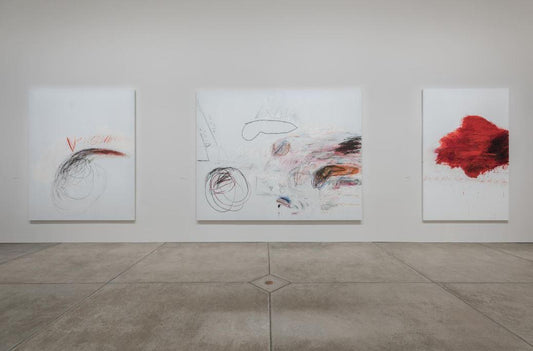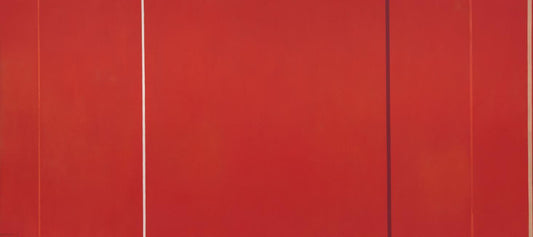Art Blog

Mark Rothko: The Depths of Silence and Light
Mark Rothko, No. 14, 1960 The Man Behind the Canvas Mark Rothko’s name is synonymous with profound emotion, spiritual inquiry, and the transformative power of art. His paintings—often monumental in...
Mark Rothko: The Depths of Silence and Light
Mark Rothko, No. 14, 1960 The Man Behind the Canvas Mark Rothko’s name is synonymous with profound emotion, spiritual inquiry, and the transformative power of art. His paintings—often monumental in...

How to Use Abstract Art to Create a Unique and ...
In the exploration of how to infuse personality into your living spaces, the transformative potential of abstract art stands out as a paramount element. Beyond mere decoration, the use of...
How to Use Abstract Art to Create a Unique and ...
In the exploration of how to infuse personality into your living spaces, the transformative potential of abstract art stands out as a paramount element. Beyond mere decoration, the use of...

Styling Your Home with Abstract Art: Expert Tip...
Abstract art has the remarkable ability to transform a space, infusing it with energy, emotion, and a touch of the unexpected. If you're looking to elevate your home's aesthetic...
Styling Your Home with Abstract Art: Expert Tip...
Abstract art has the remarkable ability to transform a space, infusing it with energy, emotion, and a touch of the unexpected. If you're looking to elevate your home's aesthetic...

How to Choose the Right Abstract Art for Your Home
Abstract art offers a wide range of styles, colors, and interpretations, making it important to consider various factors before making a selection. Personal taste is one of the most crucial...
How to Choose the Right Abstract Art for Your Home
Abstract art offers a wide range of styles, colors, and interpretations, making it important to consider various factors before making a selection. Personal taste is one of the most crucial...

Textures and Surfaces: Significance of Texture ...
In the world of art, texture and surface treatment stand as fundamental elements, particularly in the realm of abstract art. These aspects offer artists the means to transcend the two-dimensional...
Textures and Surfaces: Significance of Texture ...
In the world of art, texture and surface treatment stand as fundamental elements, particularly in the realm of abstract art. These aspects offer artists the means to transcend the two-dimensional...

Minimalism: Exploring the Essence of Simplicity...
Minimalism, an art movement that emerged in the mid-20th century, stands as a testament to the power of simplicity and the pursuit of essential meaning in life. Rooted in a...
Minimalism: Exploring the Essence of Simplicity...
Minimalism, an art movement that emerged in the mid-20th century, stands as a testament to the power of simplicity and the pursuit of essential meaning in life. Rooted in a...
